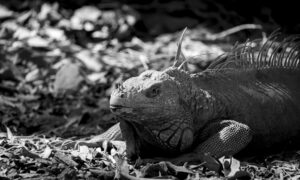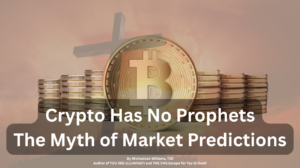Estimated Reading Time: 8 min.
Loch Ness, located in the Scottish Highlands, is known worldwide for the legend of its mysterious creature, affectionately dubbed the Loch Ness Monster or Nessie. This essay will discuss the historical context of the Loch Ness Monster, influential figures in the investigation, recent scientific studies, various perspectives on the legend, and speculate on potential developments related to the search for this elusive creature.
The Loch Ness Monster has intrigued people for centuries. The first recorded sighting dated back to the sixth century when St. Columba, a Christian missionary, reportedly encountered a creature in the loch and successfully defended a local man from it. This story established a foundation for the ongoing mythos. However, modern fascination reemerged in the 1930s. An infamous photograph taken in 1934, known as the “Surgeon’s Photograp,” showed what appeared to be a large creature in the water. This image fueled global interest and sparked numerous investigations, leading to a spike in tourism and local economy.
Many influential individuals have contributed to the fascination with Loch Ness. One notable figure is Dr. Neil Gemmell, a geneticist who led an expedition in 2018 to analyze environmental DNA from the loch. His research aimed to ascertain the types of creatures residing in Loch Ness and investigate the possibility of Nessie’s existence. Gemmell’s team found no evidence of any large, unknown species but did discover a variety of species including eels and fish. This blend of scientific inquiry with local legend exemplifies the dual nature of the Loch Ness narrative.
Additionally, those who have investigated the Loch Ness phenomenon have encountered both enthusiasm and skepticism. The scientific community remains largely skeptical about the existence of such a creature. Many scientists argue that the ecological and geographical conditions of Loch Ness do not support the survival of a large, undiscovered creature. Research led by Professor Neil Gemmell highlights that the loch’s deep waters and limited biodiversity would make it improbable for a large creature to thrive unnoticed. Yet, the combination of folklore, tourism, and local culture has kept the legend alive.
Public perception of the Loch Ness Monster has evolved over the years, shaped by sensationalist media, documentaries, and popular culture. Films and literature have romanticized the creature, enhancing its mysterious allure. The typical portrayal often combines adventure and discovery, perpetuating a cycle of curiosity and adventure-seeking. While some view the Loch Ness Monster as a symbol of Scottish identity and culture, others caution against romanticizing myths at the expense of factual understanding.
Critically, investigating the Loch Ness Monster raises profound questions about belief, folklore, and scientific inquiry. The story resonates with the human desire for the extraordinary in contrast to the mundane. While skeptical voices argue that Loch Ness is simply a product of human imagination fueled by desire, many local residents advocate for the preservation of the legend. They feel that the myth contributes significantly to their cultural heritage and economic vitality.

In recent years, technological advancements have further propelled the search for Nessie. Various sonar and underwater drone technologies have been employed to explore the depths of Loch Ness comprehensively. While many expeditions have failed to yield conclusive evidence, they have enriched our understanding of Loch Ness’s ecology and geological formations. The challenge remains to balance scientific exploration with cultural appreciation. Future efforts may involve collaborative projects between scientists and local communities to engage in conservation while keeping local folklore thriving.
Although the Loch Ness Monster remains unproven, its impact on society, tourism, and cultural identity cannot be overstated. Events like the Loch Ness Marathon and the annual Loch Ness Festival celebrate the myth and attract visitors from around the globe, indicating the creature’s vital role in regional economy and community pride.
Looking ahead, the future of the Loch Ness Monster legend may involve a shift in how the myth is interpreted. As more scientific data gathers, there may emerge a synthesis of folklore and science where Nessie becomes a symbol of nature’s mysteries rather than an entity to be found. The embrace of the monster as part of local culture while also fostering scientific exploration could create a unique narrative that respects both traditions.
The ongoing debate around the Loch Ness Monster is a reflection of broader societal themes concerning science, belief, and cultural heritage. While definitive proof of its existence has yet to emerge, the legend of Nessie continues to thrive, serving as a bridge between generations. It symbolizes the innate human allure towards the unknown, emphasizing our desire to explore, understand, and create narratives that enrich our lives. The Loch Ness Monster may be shrouded in mystery, but its impact on society underscores a timeless quest for discovery and connection in an ever-evolving world.










